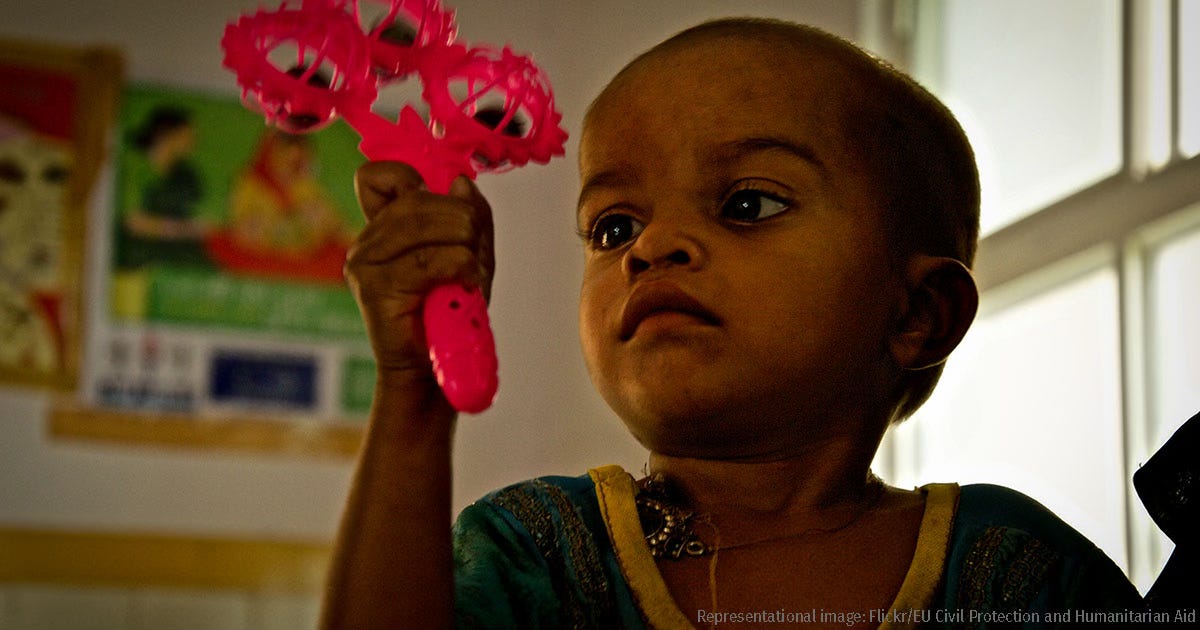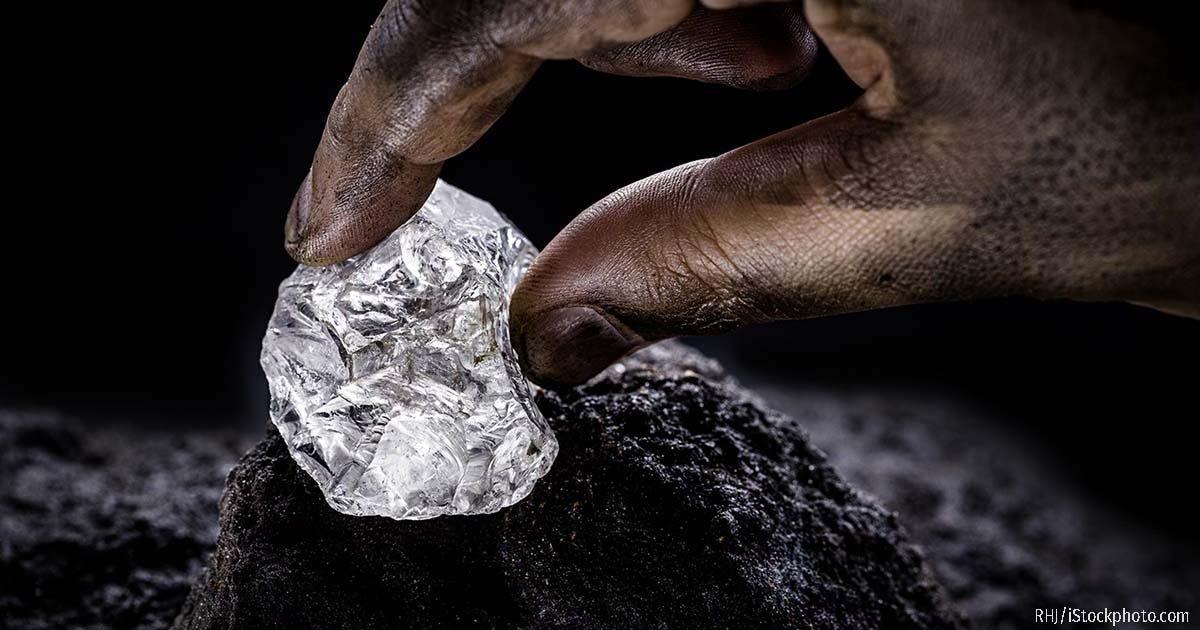Changing Climate Worsens Malnutrition. Packaged Food Isn't Helping
Also this week, a critical element of India's climate goals, and the story of snakebite deaths in India's most populous state.
INDIA is a study in contradictions. In the past few years, the country has seen an epidemiological shift: Where earlier, infectious diseases were responsible for a majority of deaths, lifestyle diseases are now more widespread as the country made significant strides in addressing communicable disease. But even today, vector-borne diseases such as malaria, dengue and the group of ‘neglected tropical diseases’ lead to thousands of deaths, especially among Indians living on the margins.
Similarly, India is grappling with the twin burden of malnutrition and obesity. There has been a lot of focus on food security, and there is still some distance to be covered to reach the last mile, but there is barely any awareness of nutrition security. This leads to a cycle of undernutrition, with weak, undernourished mothers giving birth to weaker children—a fate that typically follows them through adulthood. Coupled with this is a higher spending on packaged food, which is filling Indians with empty calories and leading to both malnutrition and a host of lifestyle diseases. Changing climate is expected to exacerbate malnutrition.
Speaking of climate change, India’s ambitions to reduce emissions and reach net-zero by 2070 depend on something we currently have little control over: critical minerals used in batteries, EVs, transmission grids, solar cells and the like. India relies heavily on imports, which could trip up the country’s renewables run.
Read on….
Our children are at risk
The future of our country—any country—depends on our children. They are the scientists, doctors, engineers, teachers, workers and yes, even politicians who will take the country forward over the next few decades.
Seen from that perspective, the future of our children—and therefore, our country—is bleak, if you read between the lines of a ‘Goalkeepers Report’ released this week by the Bill and Melinda Gates Foundation.
For our children to fulfil their promise, the foremost consideration is health—but, says the report, India is poised to miss every single child health target it has set itself under the Sustainable Development Goals (SDGs) that were agreed to almost a decade ago.
India’s neonatal mortality rate is 22 deaths per 1,000 live births. By 2030, this is expected to decline to 18 deaths—50% more than the agreed-upon 2030 target of 12 deaths.
Early childhood mortality rate is 35 deaths per 1,000 live births. It is expected to decline to 29, falling short of the target of 25 by 16%.
The estimate for worldwide stunting in children in 2030 is 23%. India’s rate is estimated to be 35%.
This derives from a concatenation of unfortunate circumstances. Facilities to monitor the health of pregnant women are less than optimal; post-natal care for mother and child are equally inadequate. Lack of adequate food security leads to stunting in children, with deleterious consequences to their wellbeing and their future. All of this creates a situation where India’s young are prone to a host of health issues, including incidence of tuberculosis which, the report says, is another area where the country is expected to fall short of its agreed upon targets. Compounding all of this is the increased risk resulting from climate change and extreme weather conditions.
Nushaiba Iqbal’s study of the Goalkeepers Report makes for dismal—but essential—reading.
Poison in plastic wrap
Prachi Salve highlights a startling statistic related to our changing food habits: Both urban and rural households spend the largest proportion of their monthly consumption expenditure on beverages, refreshments and processed foods.
Or to put it more simply, our food choices are increasingly unhealthy.
The ready-to-eat snacks market, which drives much of this shifting consumption pattern, is worth Rs 50,000 crore, and given weak regulation, lack of proper governmental oversight and low consumer awareness, this market is expected to grow incrementally.
Arun Gupta, convenor of the Nutrition Advocacy in Public Interest, points to the risks: diabetes, obesity and heart disease, across rural and urban sectors and all economic groups.
Read Prachi’s detailed report before you reach for that tempting packet of namkeen on the supermarket shelves.
Where are the minerals?
In 2023, India’s Ministry of Mines identified 30 minerals that are critical to meeting India’s commitment, on the global stage, to increase its share of renewable energy and reduce emissions by 2030.
The problem is, these critical minerals—required for wind turbines, electric vehicles, green hydrogen, electric wiring, and solar—are in short supply. While India has reserves of a few of these minerals, it is a long way from being able to mine and process them in cost-effective fashion. And for other, equally critical, minerals such as cobalt, lithium, natural graphite, nickel and rare-earth elements, India is heavily dependent on imports from countries such as Australia, China, Chile and the Democratic Republic of Congo.
This gap between demand and supply poses multiple problems. Firstly, it puts India’s ambitions hostage to global supply chains. Equally importantly, it skews India’s balance of trade, making the country heavily dependent on imports, not to mention its plans to ameliorate climate change and meet its emission targets.
Alternatives have to be found, and soon, reports Tanvi Deshpande.
The serpent in the Uttar Pradesh garden
Uttar Pradesh has a snakebite problem.
In the year 2018-19, 21 people had reportedly died from snakebite. In 2023-24, that number had risen to 773, and that is collating numbers only till December 9, 2023. Overall, in a period of a little under six years beginning in 2018, a total of 3,288 people have died of snake bite in India’s most populous state.
For IndiaSpend Hindi, Azeem Mirza and Mithilesh Dubey explore the reasons behind this alarming escalation, which opens another front in the ongoing man-animal conflict roiling many parts of the country.
Have a good weekend, all.






